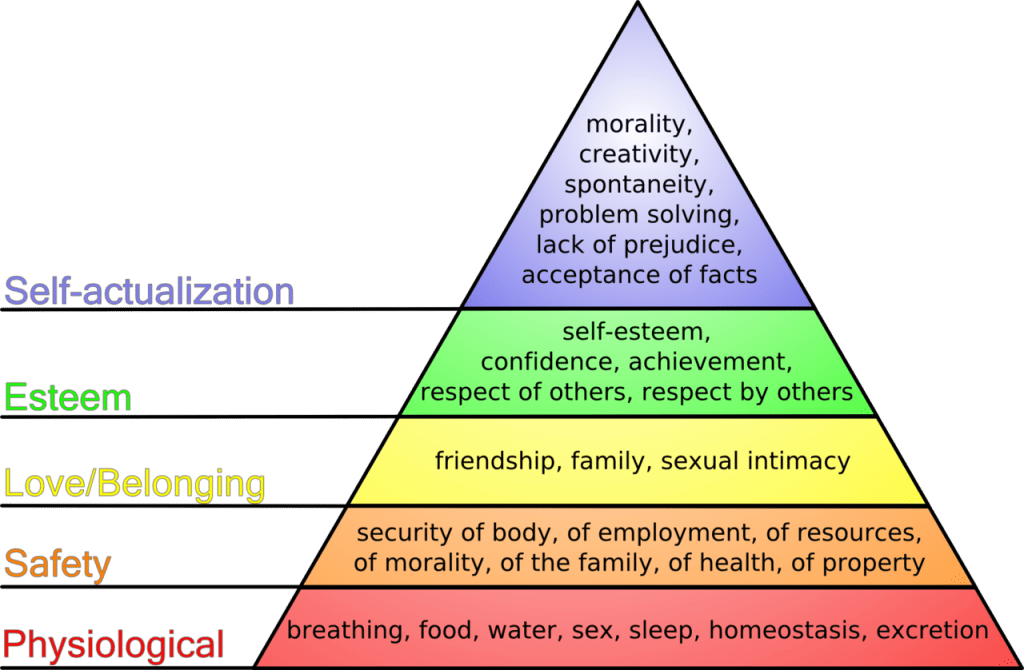For the last two years or so, I’ve been playing with a prioritization trick I picked up somewhere: choose 3 top priorities (I’ve seen and used this both in a weekly and daily context), and don’t do anything else until you have done those.
It’s been reasonably successful, until now. Now, it is very successful. Why? Because now I have 2-7 weeks until my child is born and I take weeks of paternity leave. So literally, I may only have two weeks to finish whatever I’m going to do this quarter and develop my plan for the next. Suddenly, the idea of only accomplishing top tasks is not simply academic. It’s very, very literal.
This has made things that I thought were important seem pointless. If I got these done in the next two weeks and then took leave, it wouldn’t really matter. Sure, I want to review employee engagement results with my team…but that pales in comparison to addressing the overwork a few of them are dealing with. Sure, we need to map out a commitment curve for our community…but not more than I need to send out our monthly communication with them. Sure, I want to create an orientation doc for new hires…but if I don’t get those hires approved it won’t matter.
Certainly, those things still should probably get done. Some, like the onboarding, I clearly must delegate. Some, like the commitment curve, will hopefully bubble back up if they’re important (and I should probably schedule some time when I return to mull on big ideas like this). Some, like the survey results, just won’t happen. And it won’t ruin anything.
I have found myself incredibly productive and engaged knowing that I have two weeks to accomplish these things, and these are the things, and nothing else are the things. It’s an attitude I hope to bring back with me once I return to work. The new most important thing will be my kid, so prioritization will be more important than ever.

